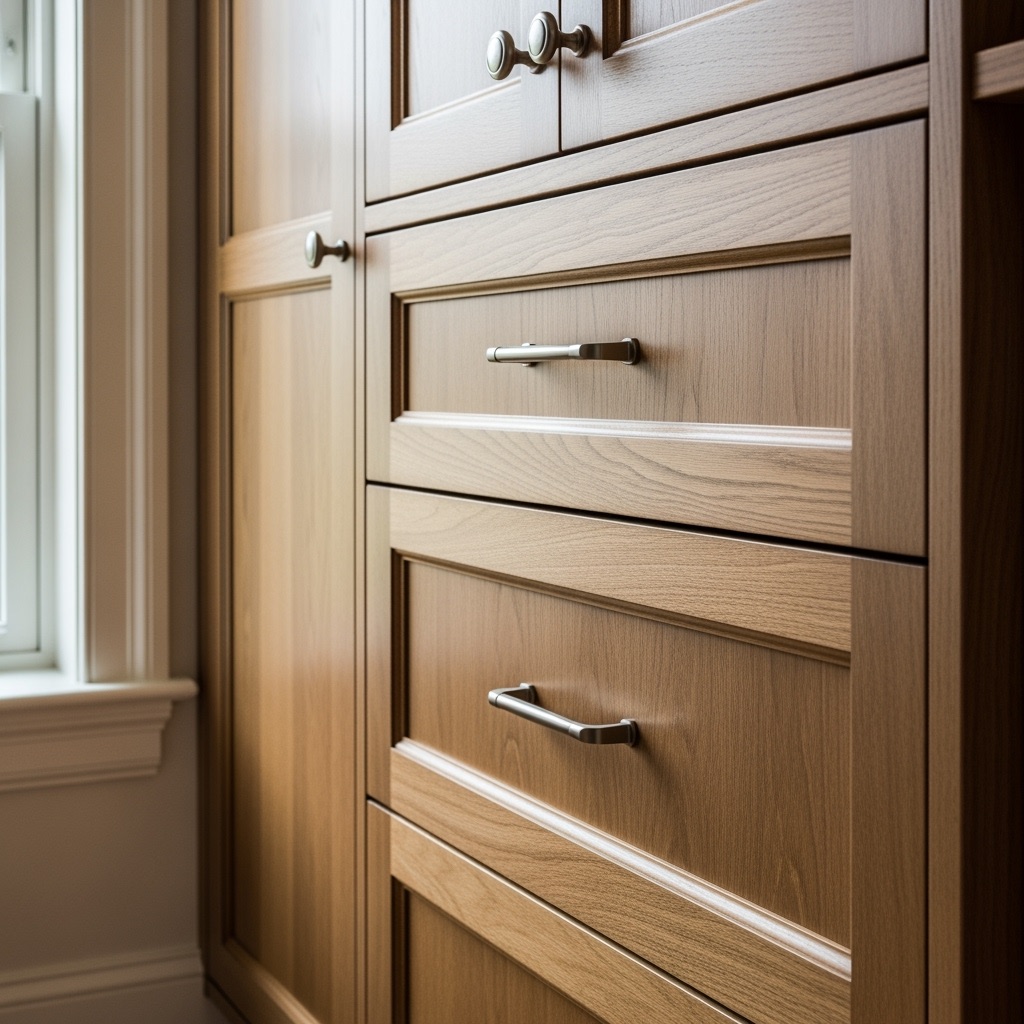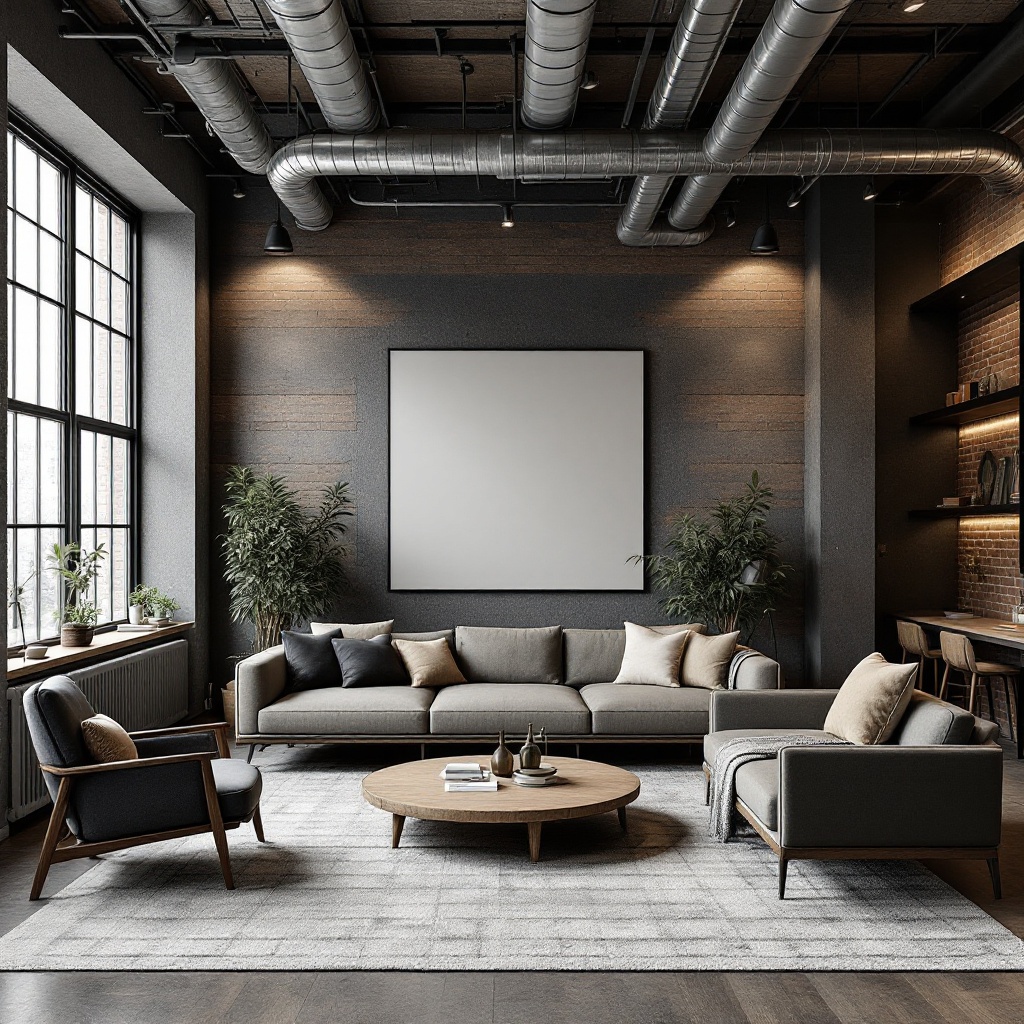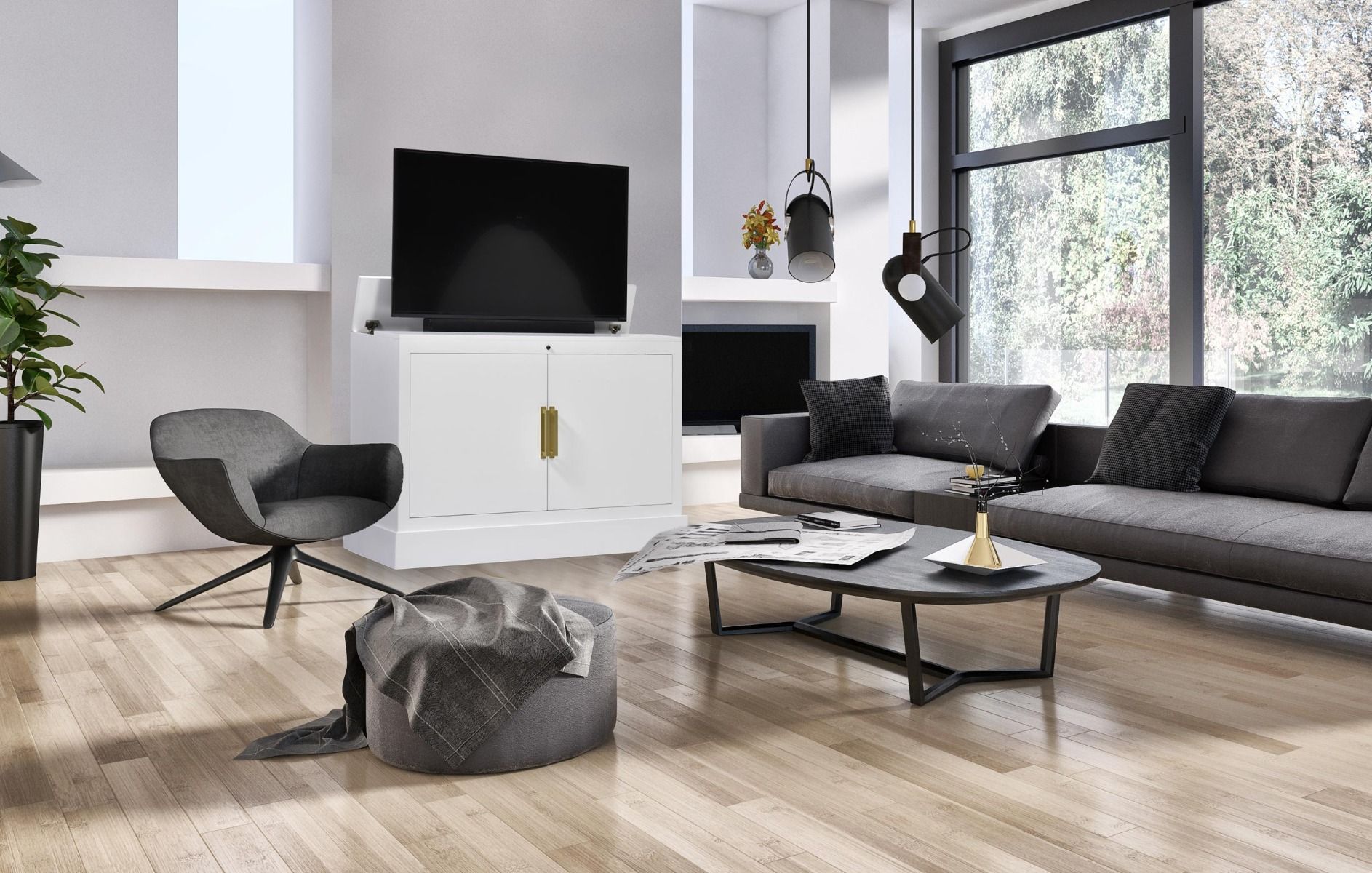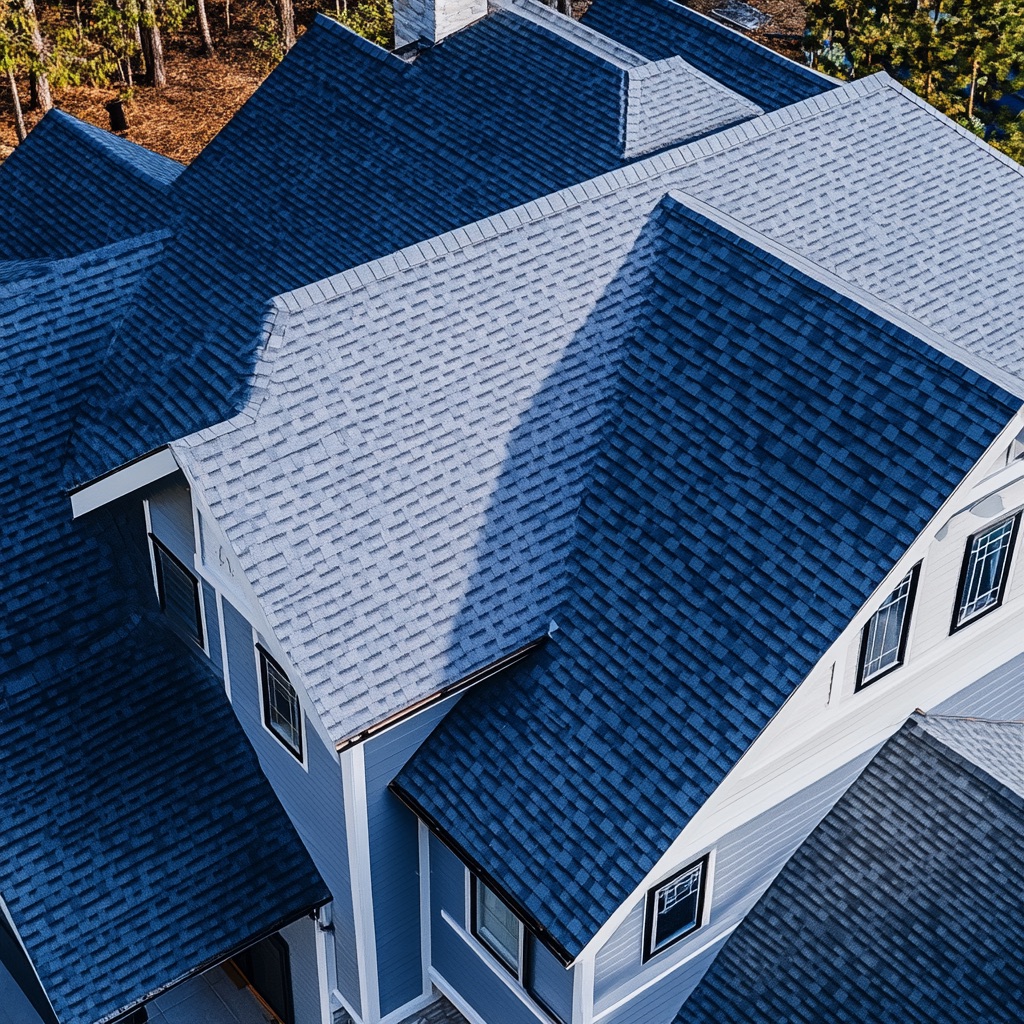Last updated on
Keeping common spaces, such as office lobbies, commercial buildings, and public areas, spotless is no easy feat. These areas experience heavy foot traffic and need constant attention to maintain hygiene and order.
If these spaces can remain clean despite their size and the number of people using them daily, there are undoubtedly valuable lessons that homeowners can adopt for their personal cleaning routines. Below, we explore how professionals manage common spaces and how you can apply these strategies to your home.
The Importance of Consistency
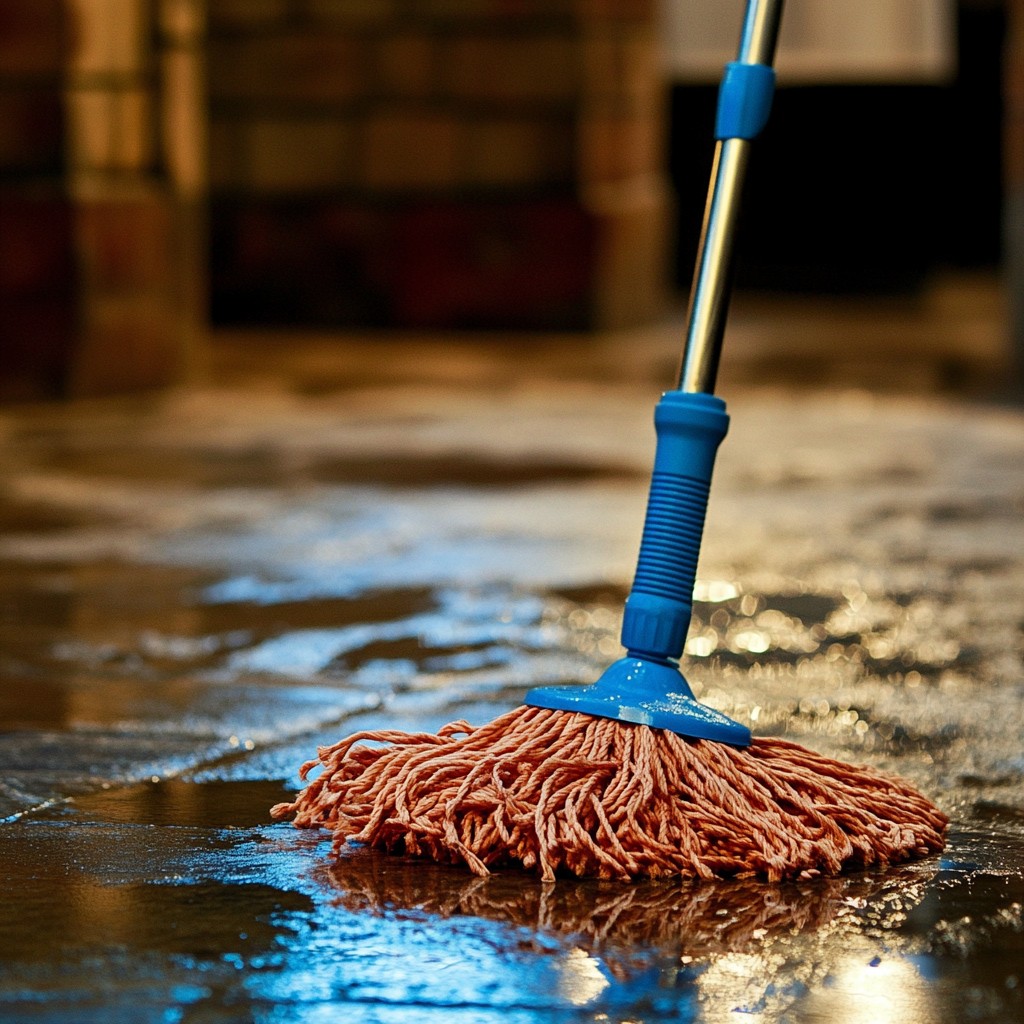
In high-traffic common areas, cleaning is not a once-a-week task. Instead, it happens continuously throughout the day. Consistency is key to keeping these spaces spotless. Professional cleaning crews work on strict schedules, often dividing cleaning tasks into hourly or daily routines. Whether it’s wiping down surfaces, mopping floors, or emptying trash bins, nothing is left for “later.”
At Home: Just as consistency is critical in maintaining clean common spaces, a regular cleaning routine can keep your home tidy and manageable. Consider creating a daily, weekly, and monthly checklist. Daily tasks could include tidying up the kitchen and living room, while weekly chores might focus on vacuuming or scrubbing the bathroom. A consistent approach keeps the workload lighter and your home cleaner.
High-Quality Cleaning Tools and Products
In commercial cleaning, tools and products matter. Professionals use high-grade vacuums, microfiber cloths, and specialized cleaning solutions designed to kill germs and maintain cleanliness for longer periods. Common spaces benefit from the latest cleaning technology, ensuring every surface is properly sanitized.
At Home: You don’t need industrial-grade equipment to benefit from quality tools. Invest in a good vacuum cleaner, microfiber cloths, and multi-surface cleaning products. These items will not only clean more effectively but also save you time. Using the right tools can make home cleaning faster and more efficient, leaving surfaces cleaner and extending the intervals between deep cleans.
Zoning and Task Division
Large spaces are often divided into zones, and cleaning teams work through them systematically. In shopping malls, airports, or office buildings, different areas are tackled by different teams, allowing for quicker and more thorough cleaning.
At Home: While your home is not a shopping mall, you can still adopt a zoning strategy to stay organized. Break your home into zones—such as bedrooms, kitchen, bathrooms, and living spaces. Focus on one zone at a time, ensuring that no area is neglected. This method can prevent you from feeling overwhelmed by housework, making it easier to stay on top of cleaning.
Time Management and Prioritization
In a commercial setting, cleaners are trained to prioritize high-traffic areas, such as entrances, elevators, and restrooms. These areas are cleaned first and most frequently because they are most likely to spread dirt and germs.
At Home: Prioritization can make a big difference in keeping your home clean without spending hours on end. Identify the high-traffic areas of your home—often the kitchen, entryway, or bathroom—and focus on cleaning these spaces daily. Prioritizing where dirt accumulates first will prevent it from spreading to other parts of the house and will make general cleaning tasks easier to manage.
Routine Deep Cleaning
Even though daily maintenance is crucial, common spaces still require deep cleaning on a routine basis. Whether it’s waxing floors, cleaning carpets, or washing windows, these less frequent tasks are essential for long-term cleanliness and hygiene.
At Home: Every home needs deep cleaning from time to time. Schedule seasonal deep cleans where you can focus on things like washing baseboards, cleaning upholstery, or scrubbing grout in the bathroom. It might be tedious, but it’s worth it in the long run. Deep cleaning refreshes your home and prolongs the life of your furniture, floors, and appliances.
Disinfecting for Health and Safety
In common areas, especially in medical or public spaces, disinfecting is not just about cleanliness; it’s about health and safety. Surfaces are regularly sanitized to reduce the spread of germs, bacteria, and viruses, helping prevent illness.
At Home: Incorporating disinfecting into your regular cleaning routine can make your home a healthier place. Pay special attention to frequently touched surfaces like doorknobs, light switches, and countertops. Using disinfectant sprays or wipes on these areas regularly can reduce the spread of germs, particularly during cold and flu season.
Green Cleaning Practices
Many commercial spaces have adopted green cleaning practices, using eco-friendly products that are less harsh on the environment and human health. These practices ensure that cleanliness doesn’t come at the expense of sustainability.
At Home: Consider switching to eco-friendly cleaning products. Not only are they better for the environment, but they are also safer for pets, children, and those with allergies. Green cleaning doesn’t have to be expensive, and with the wide range of natural products available today, making the switch is easier than ever.
Final Thoughts
The methods used to clean common spaces can be a great source of inspiration for maintaining cleanliness at home. By prioritizing consistency, investing in quality tools, and using time management strategies, you can maintain a clean and organized living environment without feeling overwhelmed.For homeowners who may need additional support or prefer professional help, looking to commercial cleaning companies can be an excellent solution. These services provide expert-level cleaning, ensuring that even the most challenging spaces remain spotless. By adopting some of these professional techniques, you can keep your home cleaner and healthier all year round.
Recap
